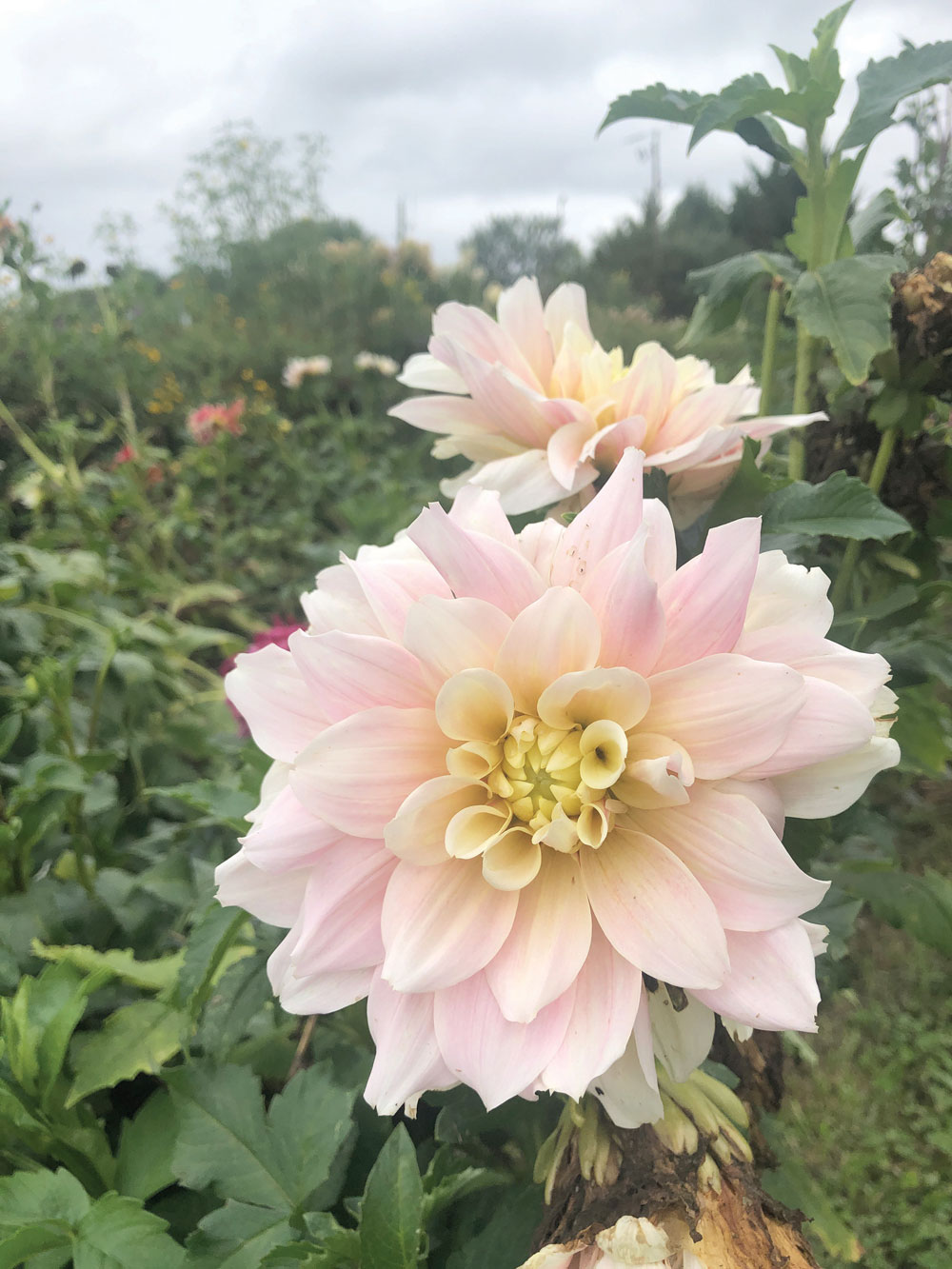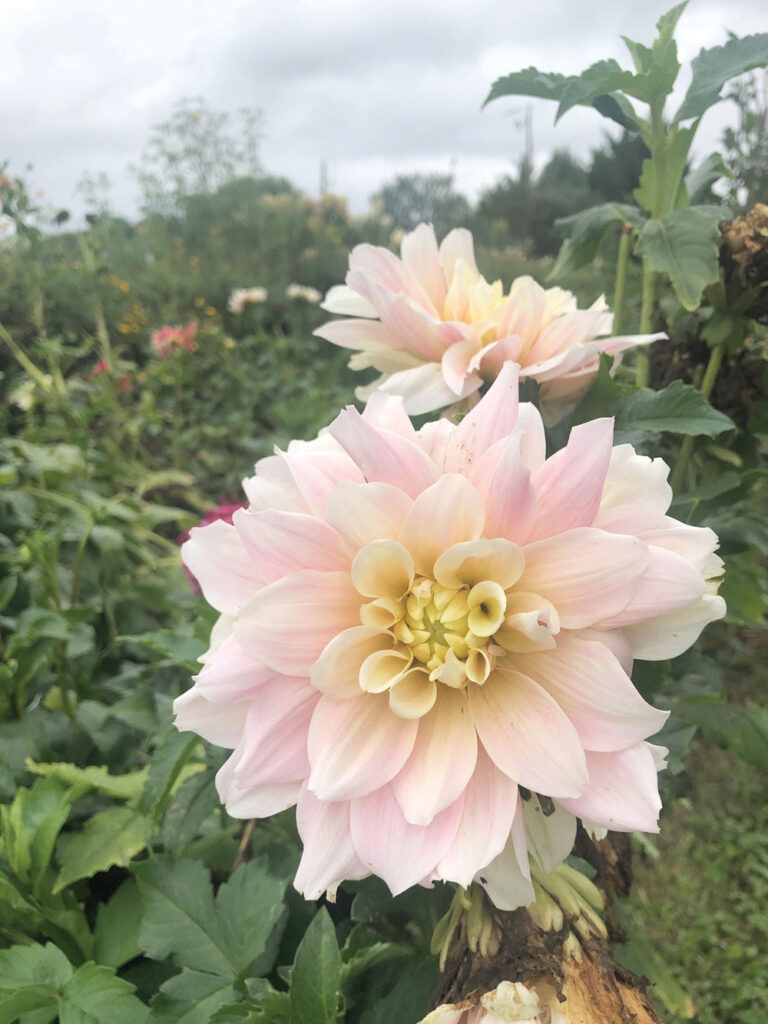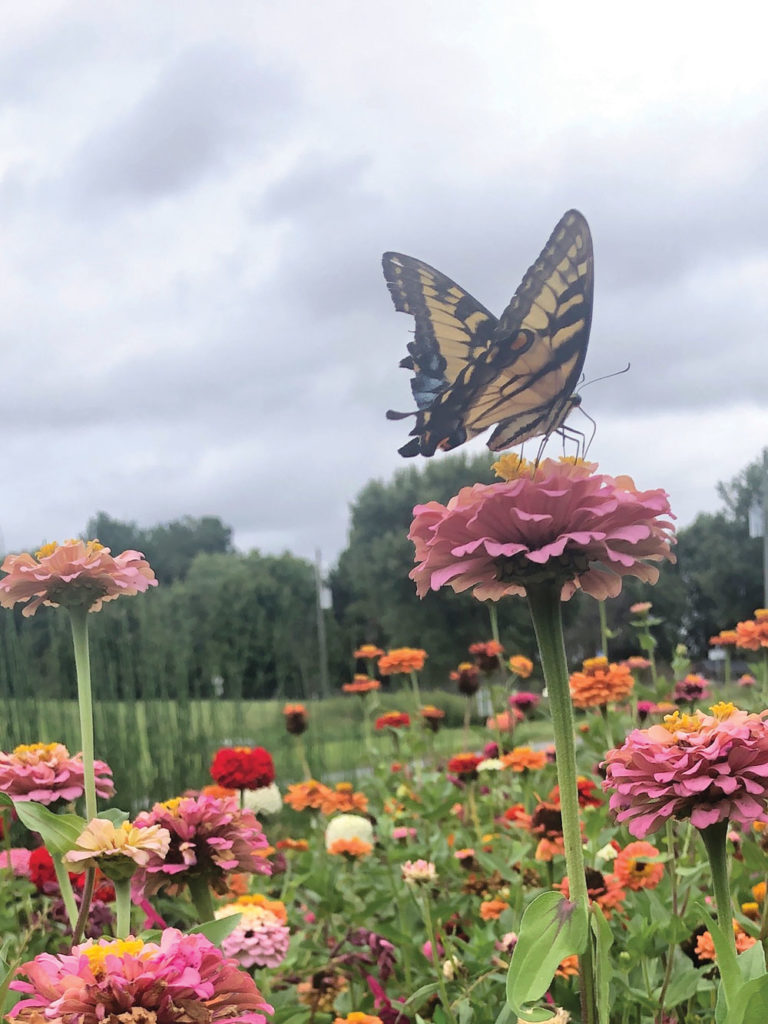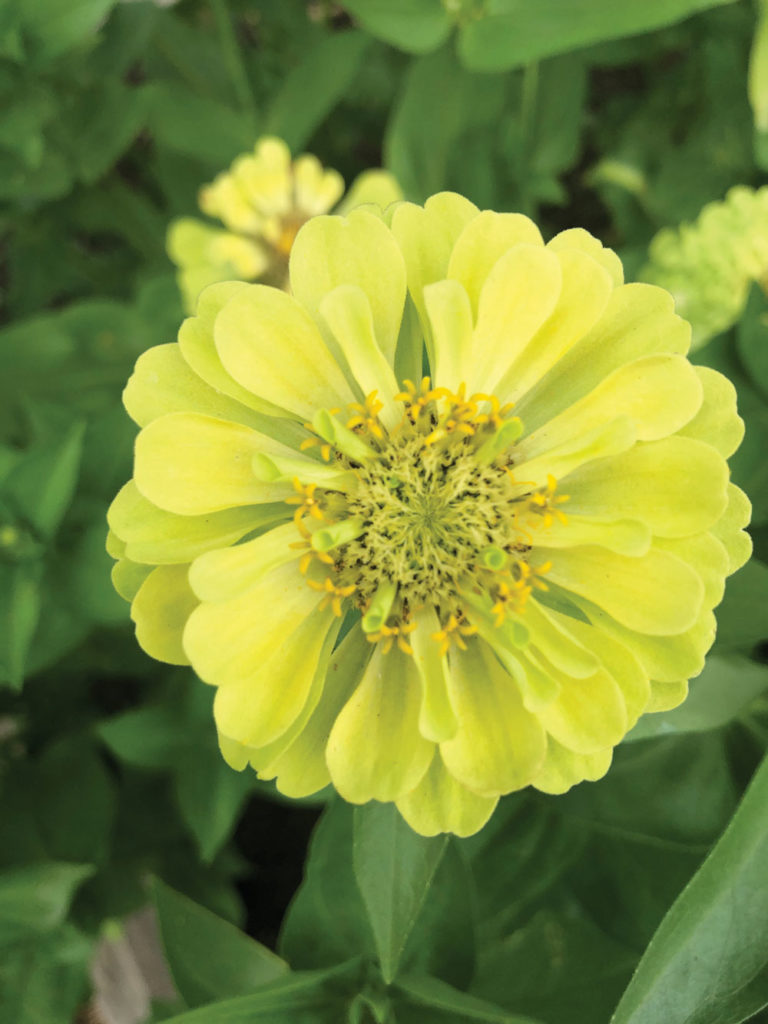Confidence Changes Landscapes

By Ashley Bommer Singh
September brings pale light, late blooms, and luckily for Middleburg-area residents, a window into the legendary, Beatrix Farrand, America’s first female landscape architect, or “landscape gardener,” as she preferred to be called.
Oak Springs Garden Foundation and the Loudoun and Fauquier garden clubs are sponsoring a screening of the new documentary film “Beatrix Farrand’s American Landscapes” at the Hill School in Middleburg on Friday, Sept. 6.
Henry James, a close friend of Beatrix Farrand’s mother, referred to Beatrix as “the Earthshaker.” She had a vision and confidence, able to walk on to university campuses and quickly advise on the design and the planting schemes within minutes. Under her hand and frequent visits, Princeton University, Yale, and the University of California at Berkeley were transformed. Oberlin, Hamilton College, Vassar, University of Chicago, among others benefited as well. Dumbarton Oaks in Georgetown was her design, first as a private garden, and then when the owners passed the property to Harvard University, as a public landscape and institution.

A 2003 book by three noted landscape architects called Beatrix Farrand’s American Landscapes: Her Gardens and Campuses provides a tight synopsis of these masterful plans. In addition to the private gardens and campuses that were her passion, Beatrix Farrand loved Reef Point, her parent’s former summer home in Bar Harbour, Maine. (She published a charming personal collection of her garden notes and essays as the The Bulletins of Reef Point Gardens). She battled bureaucracy with grace, managed detailed expense accounts, navigated costs by starting nurseries at the universities, employed a staff of primarily women, and always stuck to her vision.
Beatrix Farrand’s expense list at the Pierpont Morgan Library (then a private residence for J.P. Morgan Jr.) included $487 for the packing and delivery of 930 chrysanthemums. (Equivalent of over $6,000 today.) In a letter to the business secretary of the estate, Beatrix Farrand (she saw her name as a trademark and asked not to have Mrs. or Ms. or Miss attached) noted that while replacing these plants was a cost, their value was warranted.

“Chrysanthemum planting of last Autumn was made after consultation with Mrs. Morgan and because she kindly wishes the garden to be as much pleasure to the passers-by in the streets as is reasonably possible.” Shake the earth, she did.
As the weather cools, you may be out admiring the fall blooms this month. Dahlias always add spark, and they do not disappoint. Native to Central America and Mexico, some favorites include ‘Black Jack’ with its burgundy petals, ‘First Love’ a small single variety with pale apricot petals and black leaves, and ‘Monet’, a creamy white with shades of pink delight.

The asters are finally showing their magic, too. After months of green, they start to pop with every shade of purple (in my garden), which compliments the ever blooming white catmint, Shasta daisies, and Guara ‘Whirling Butterflies’, still going strong. The Sedums also provide a show. I’m very fond of the pink to copper performance from ‘Autumn Joy’ which blooms until November.
Celosia, zinnias, Mexican sunflowers, cosmos all are thriving and seeding freely. I like to collect the zinnia seeds, especially the pale lime and rose tones. To collect your own seeds, wait until the flowers have dried and cut the petals off to reveal the center. Pull out the spike shaped seeds. They will be good for next year if stored in a dry place.
And to take a page from Beatrix Farrand, the chrysanthemums are at all the garden centers now – still green – and ready to open. These will not last past the season, but for an extra pop of fall color, a few are worth every penny. Passers-by will thank you! ML
This article first appeared in the September 2019 issue of Middleburg Life.


